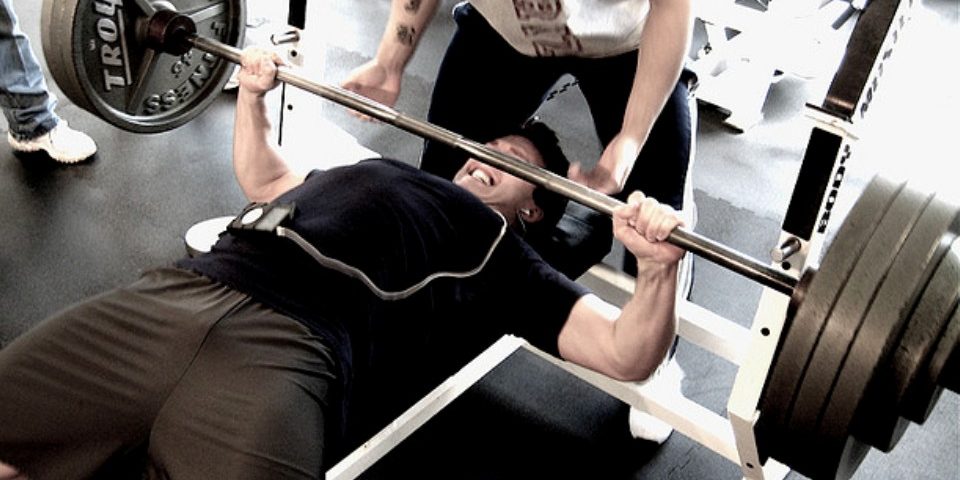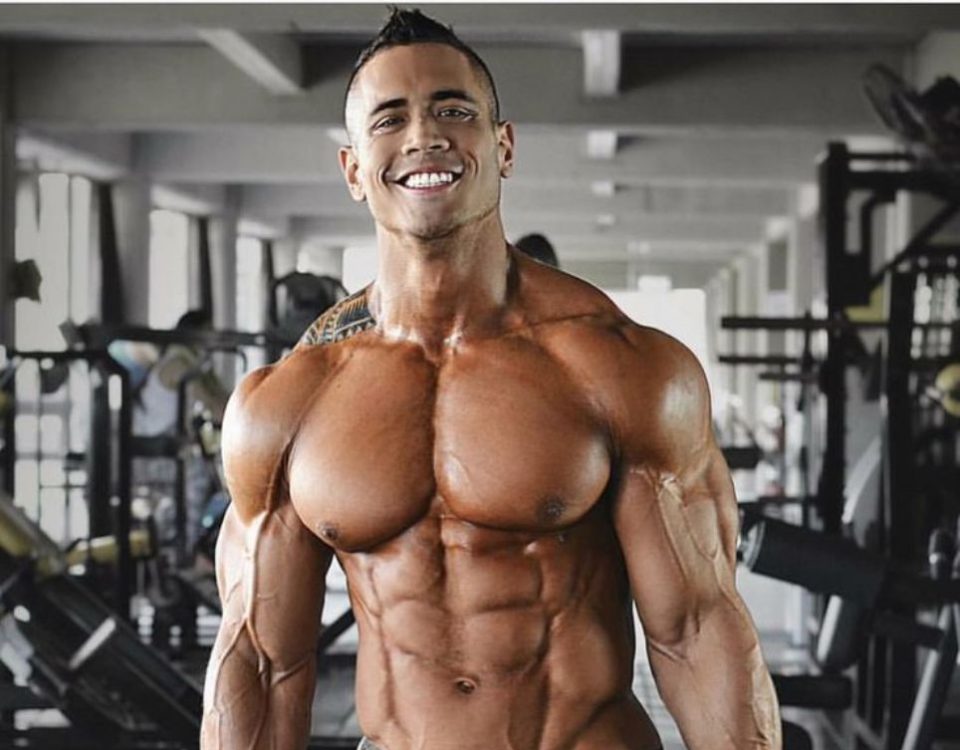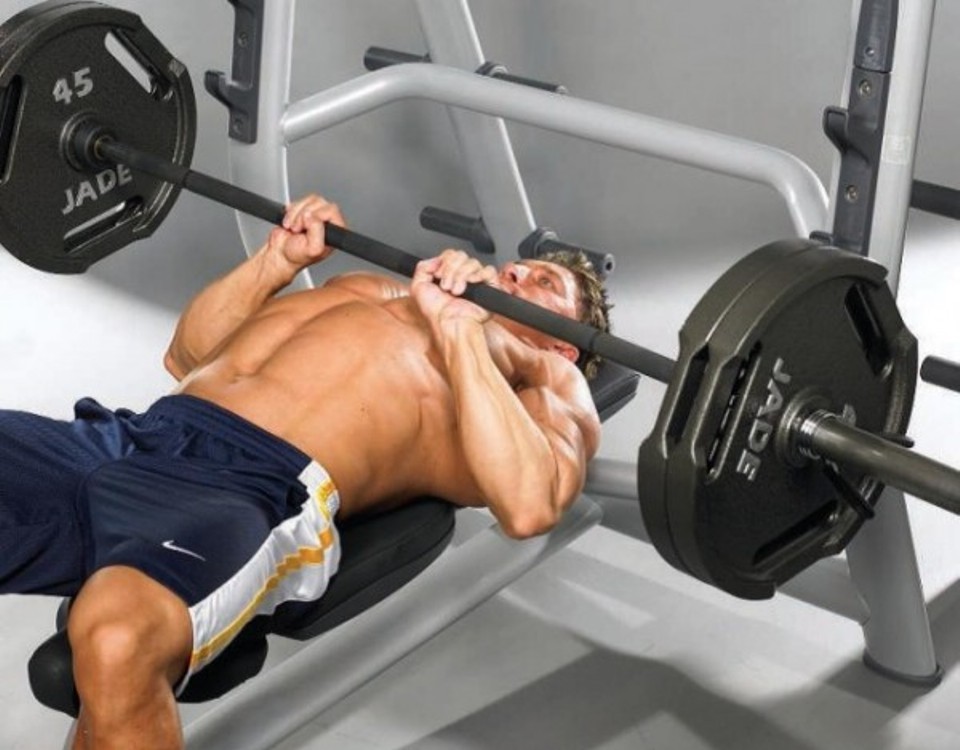7 Tips to Build and Maximize Your Strength

Strength underlies everything you do in the gym and in the field of sports. That is to say, the stronger you get, the bigger you can get, the harder you can hit, the faster you can run, and even the stronger you become. But whether your strength goals are physique or performance related, there are several reliable ways to get stronger and, consequently, bigger. Below are seven tips for building and maximizing strength that will allow you to weed out any roadblocks that are standing between you and greater poundages and start moving around the big-boy weight to build the physique of your dream.
1. Master the “golden five”
Compound moves like squat, deadlift, bench press, overhead press, and bent-over row are the best strength-building exercises, period. They involve hundreds of muscles, acting as either prime movers or stabilizers, in the upper and lower body to maximize your overall strength. These exercises also allow you to lift heavier weights to overload targeted muscles by stressing every muscle fiber. And because they elicit so many muscle fibers, they boost testosterone and growth hormone (GH) levels better than any other exercises. And more muscle-building hormones means more muscle growth and strength.
2. Maintain a log
Only by using a log can you objectively your progress towards your strength goals. Write down your exercises, sets, reps, and the fate of each workout. Also keep track of other relevant factors such as your personal best in weight lifted or reps completed, as well as how felt during that day. Constantly strive to improve those numbers.
3. Keep it simple
When training for strength, avoid performing too many sets and reps. You should focus primarily on your big strength lifts such as squats, deadlifts or bench press and all these lifts should come early in your workout routine if you are using them in conjunction with other lifts for a specific muscle group. Stick to three or four lifts per workout. All you need is one main lift per workout, one or two assistance lifts, and then core or specialty work at the end. Shoot for 2-6 reps for 3-4 sets per exercise. Numerous studies show that this combination of sets and rep range best develops muscle strength because it produces changes in both the muscle fibers and the nervous system that promotes strength gains. And don’t cheat yourself make sure that those weight loads help take your muscles to near failure on each set. Also, a bit more rest is recommended for strength training, so aim for 2-3 minutes between sets.
4. Increase weights gradually
The only way to be sure you’re getting stronger is if your loads consistently increase. When you increase the loads on your muscles, even if it’s by a small amount, you force your muscles to respond and adapt the new weight load, so they must adjust by getting strong enough to handle that load. So increase the weight each session, but by no more than 10 pounds, and stick with the same lifts. By doing that you will rarely plateau again.
4. Incorporate negatives and forced reps
Certain advanced techniques can help you get stronger faster. But two particular techniques stand alone for their ability to help you build and maximize strength. Performing heavy negatives or forced reps in your last sets does wonders for building strength. As a quick refresher, negatives are reps that concentrate on the eccentric or lowering phase of an exercise and forced reps are ones that are done with the assistance of a spotter through 2-3 additional reps after you reach failure under your own power. Your muscles can handle 30-40% more weight on the negative portion of a rep and 15%-25% more with a spotter on forced reps, so taking advantage of that taps into plenty of underexploited fibers in your muscles and trains your body and mind to deal with heavier weight by building your muscles bigger and stronger. Bottom line, you will get stronger. Additionally, negatives and forced reps lead to greater higher testosterone and GH release, both key hormones for building and maximizing strength.
5. Keep your training balanced
Since your body is comprised of muscles that help you push and pull, you have to work them all to build and maximize strength. Whatever you do for one side of the body, you must do for the other side. Follow that rule in your workouts and you should be able to avoid injury and muscle imbalances. If you’re doing squats, also do Romanian deadlifts. Your chest exercises should be balanced with back-training lifts. In general, follow a ratio of two-to-one between your pulling-and-pushing movements. So if you bench-press on Monday, you can do chin-ups on Tuesday and bent-over lateral raises on Thursday, for example.
6. Use free weights only
Machines have their place in training but when strength is what you are after, free weights get the job done. Barbells and dumbbells enhance your overall strength by recruiting stabilizers and assisting muscles than you would by using a machine. Having to stabilize the weight you’re holding in each hand improves coordination and activates more muscle fibers overall. Also, free weights, especially dumbbells are the best way to even out strength imbalance between your two sides while barbells let you load a lot of weight, and lifting heavy is the first step toward getting stronger. Start your workouts with barbell exercises, such as squats, deadlifts, and bench press described above. Once your heaviest strength exercises are out of the way, then move on to dumbbell and body-weight training.
7. Include unilateral sets
Including unilateral sets enables you to discover and address weaknesses and imbalances that might hinder your strength goals. Single-limb exercises can also greatly improve bilateral movement strength which can prove to be very effective if you are seeking improvement in exercises such as barbell squats, bench presses, and even pullup. After all, they provide the benefit of lifting heavier weight for greater overload. In addition, when unilateral exercises are performed one limb at a time, they allow you to develop a very strong core due to the unbalanced state of the load. And with a strong core, you can squat, deadlift, bench more weights.



